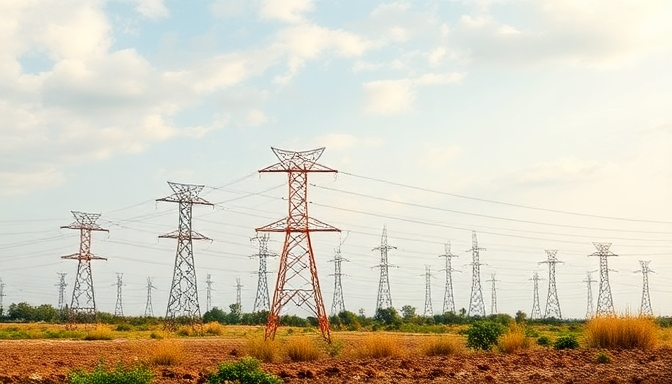
Introduction to Smart Grid Architecture and Concepts
The traditional electrical grid, a marvel of 20th-century engineering, was primarily designed for one-way power flow from large central generators to passive consumers. While incredibly robust for its time, it lacked the visibility, flexibility, and control needed to meet the demands of the 21st century. This linear structure struggles with challenges like integrating variable renewable sources, managing distributed generation, and responding dynamically to localized issues or changing consumer needs.
Enter the smart grid, a transformative evolution that overlays digital intelligence and advanced communication onto the physical power delivery infrastructure. It envisions a two-way flow, not just of electricity, but crucially, of information. This constant exchange of data between generation, transmission, distribution, and consumption points is the fundamental concept enabling its 'smart' capabilities.